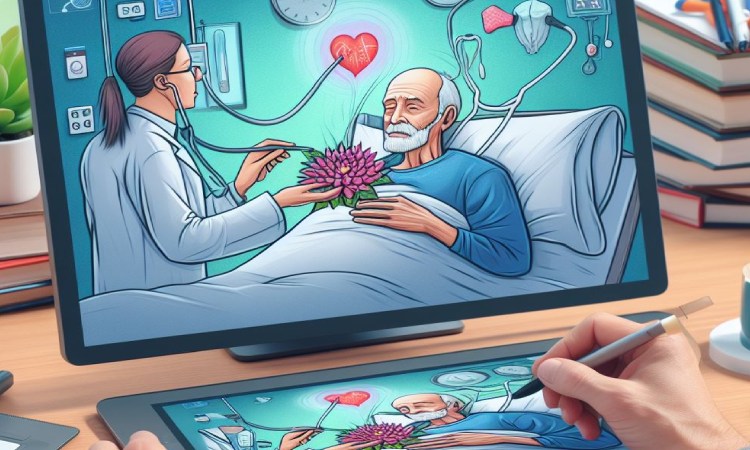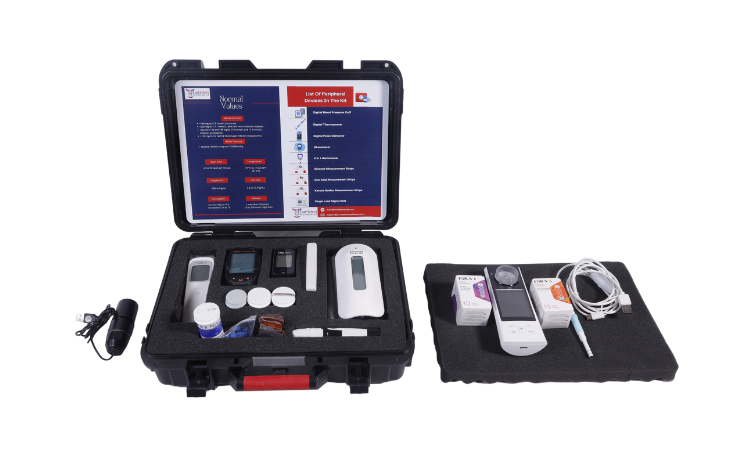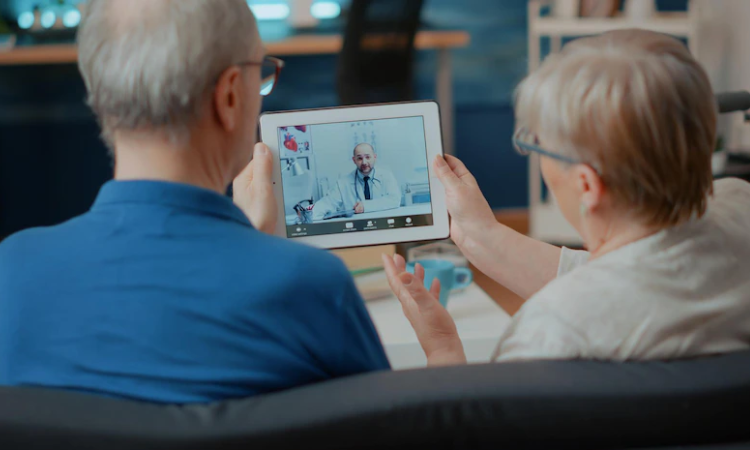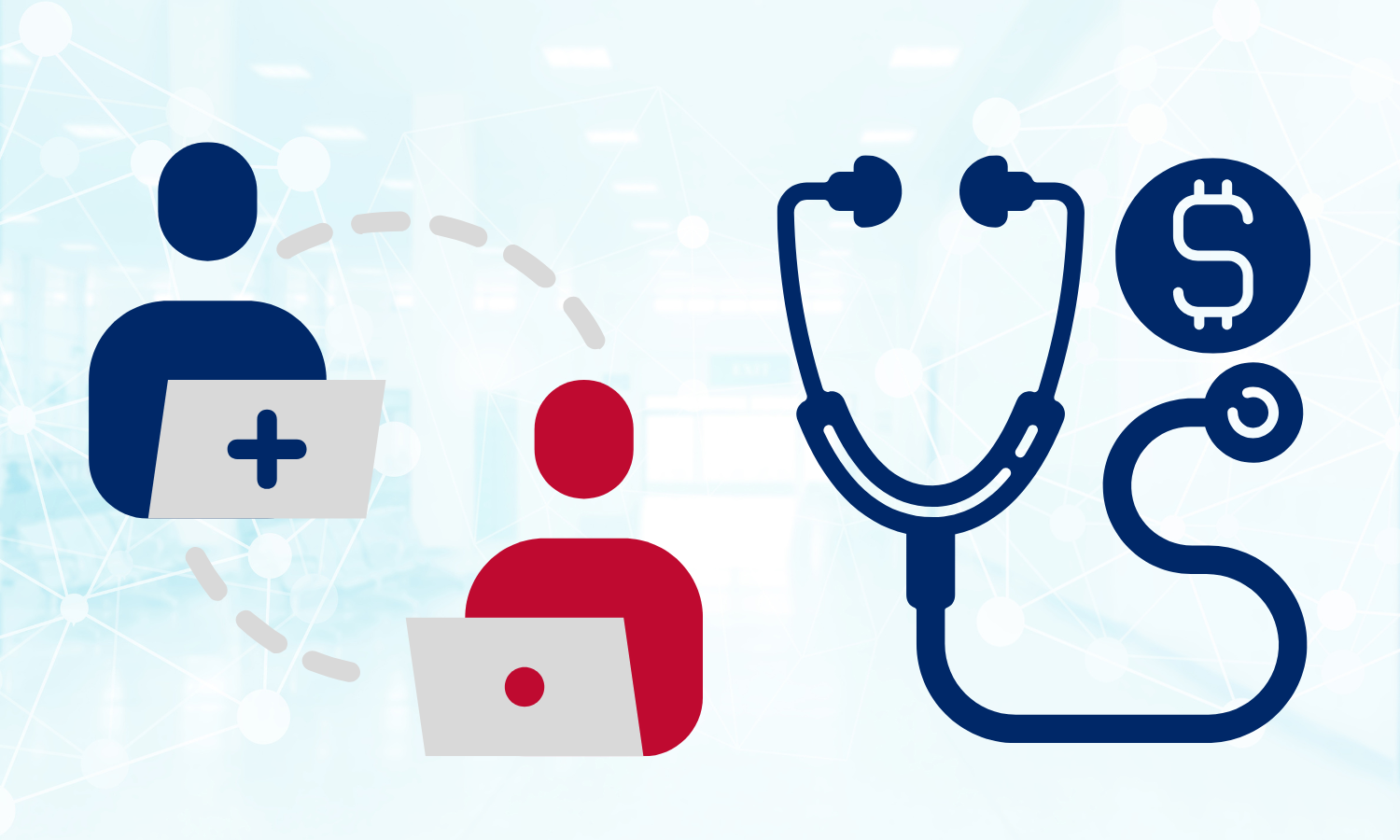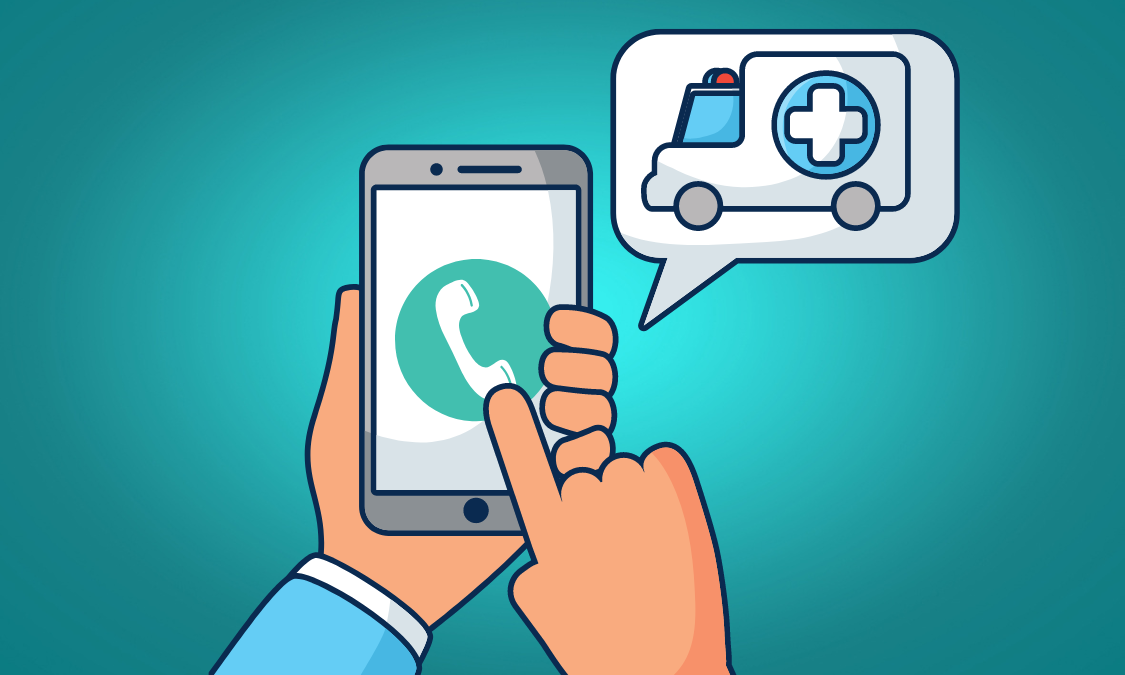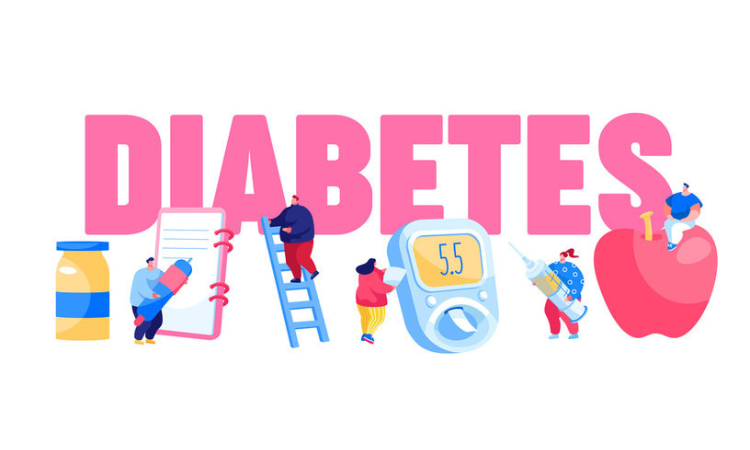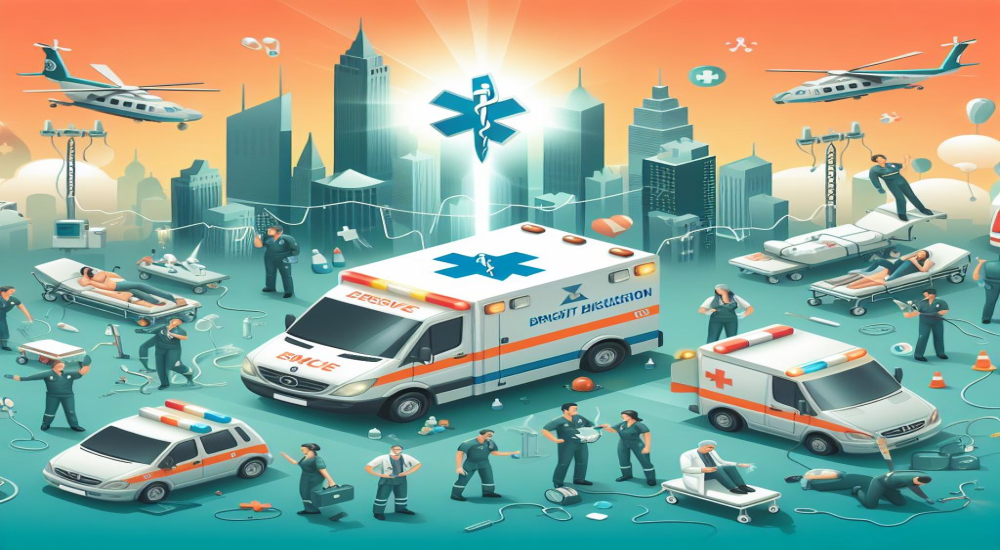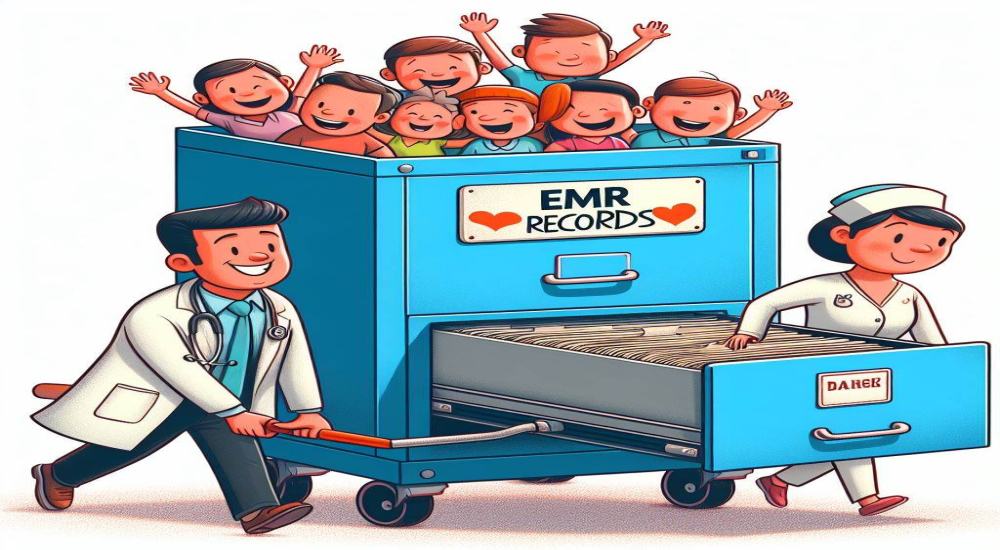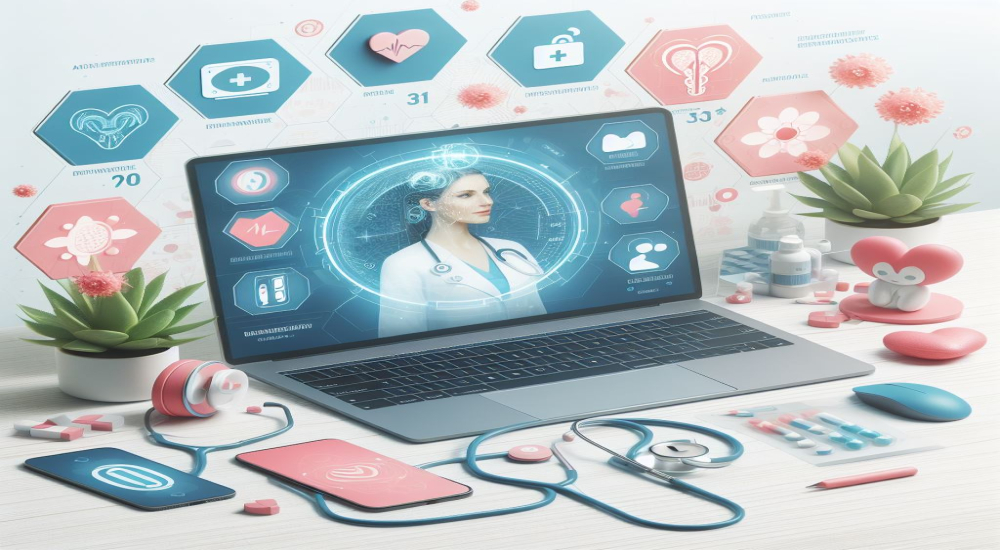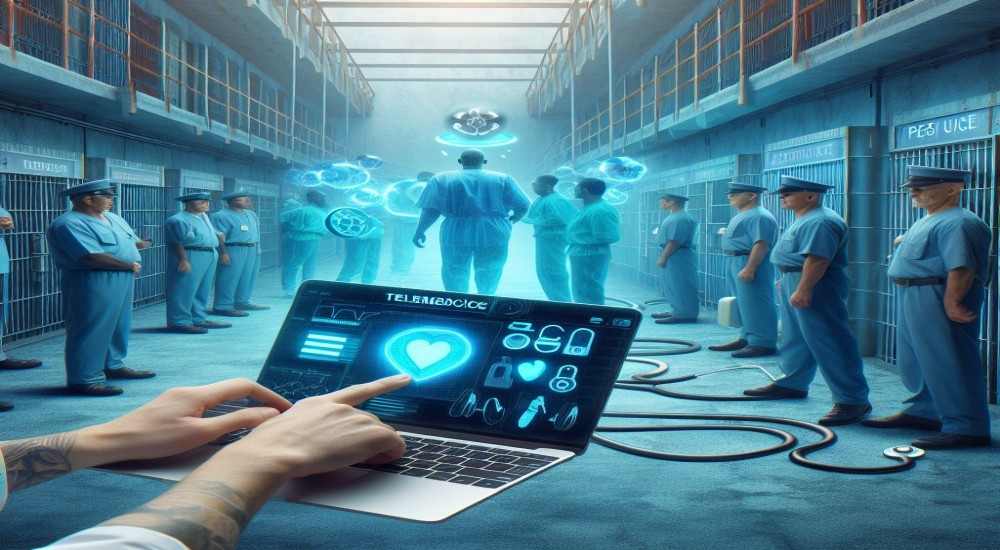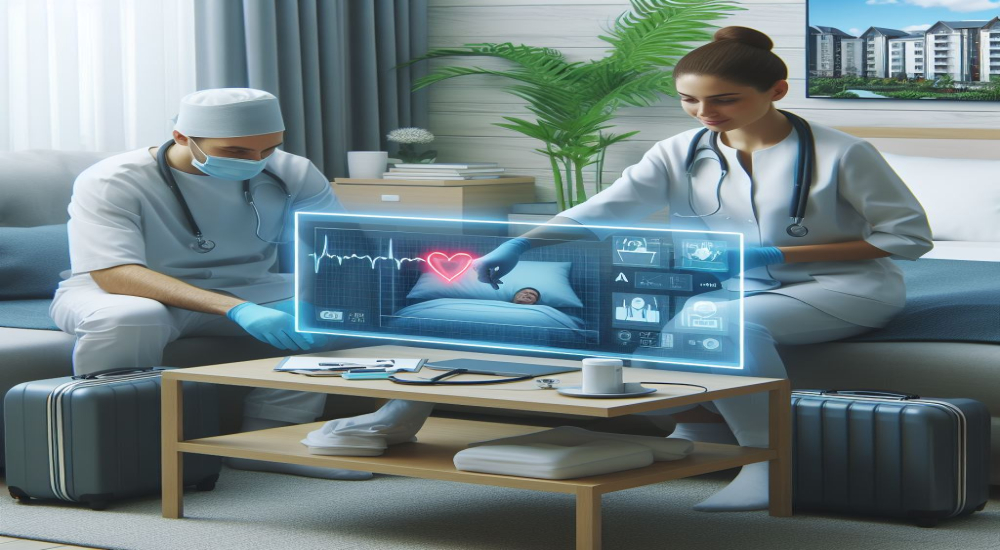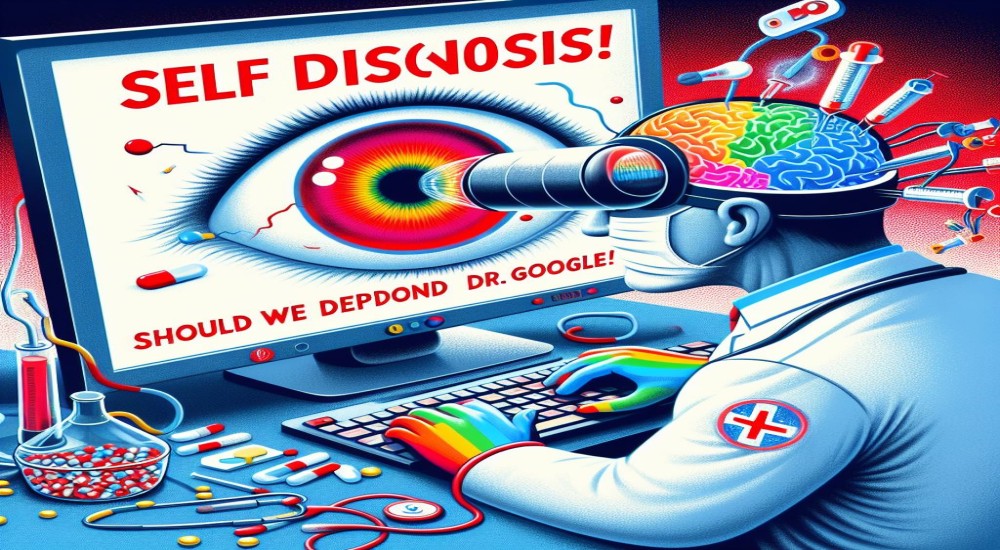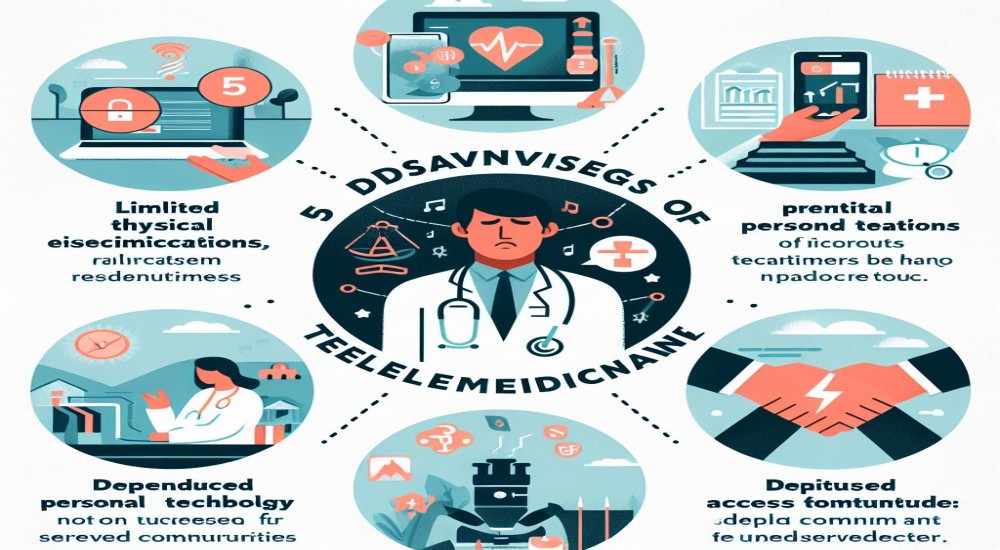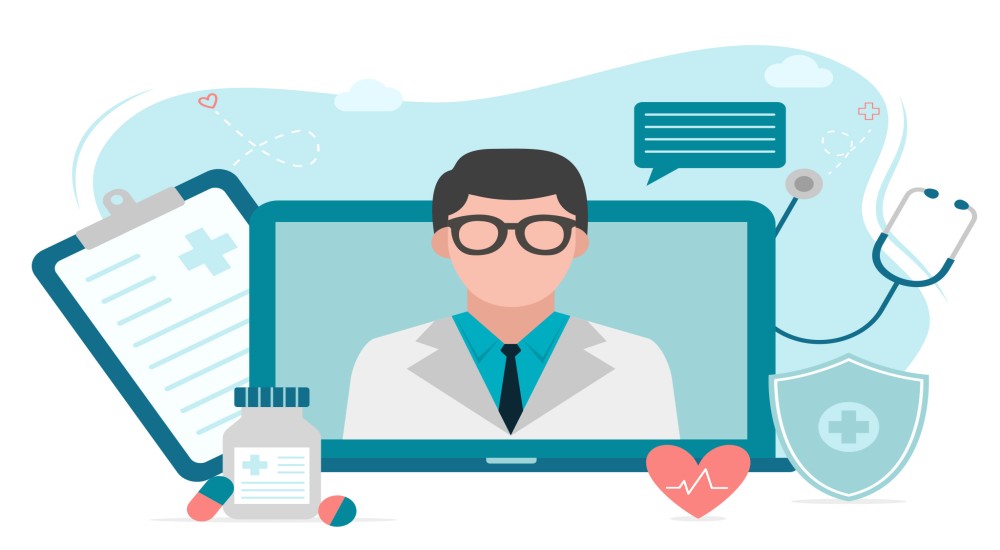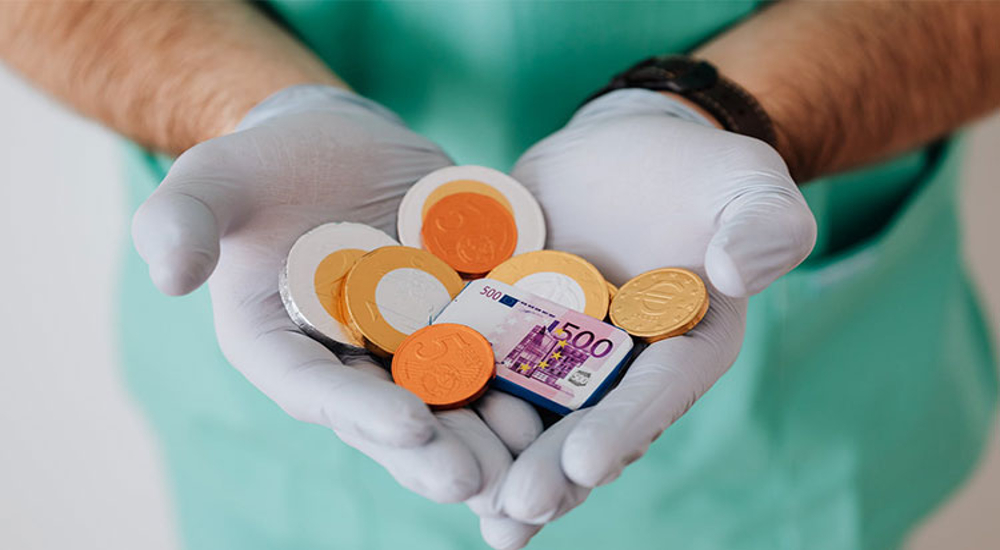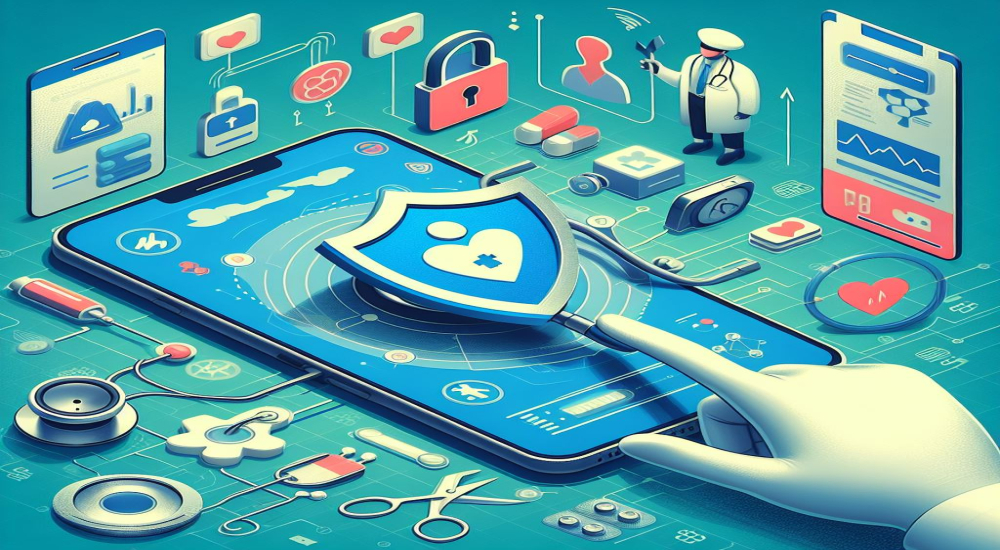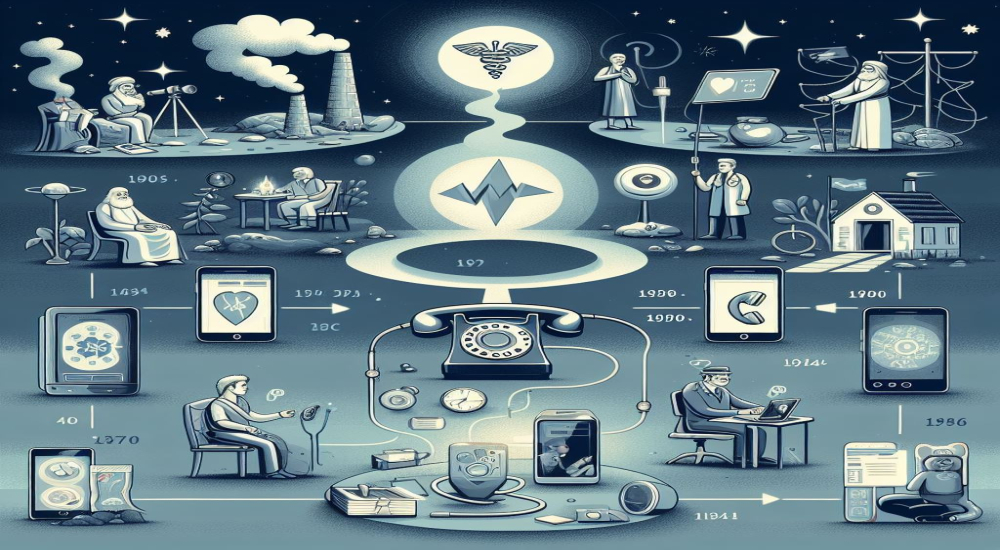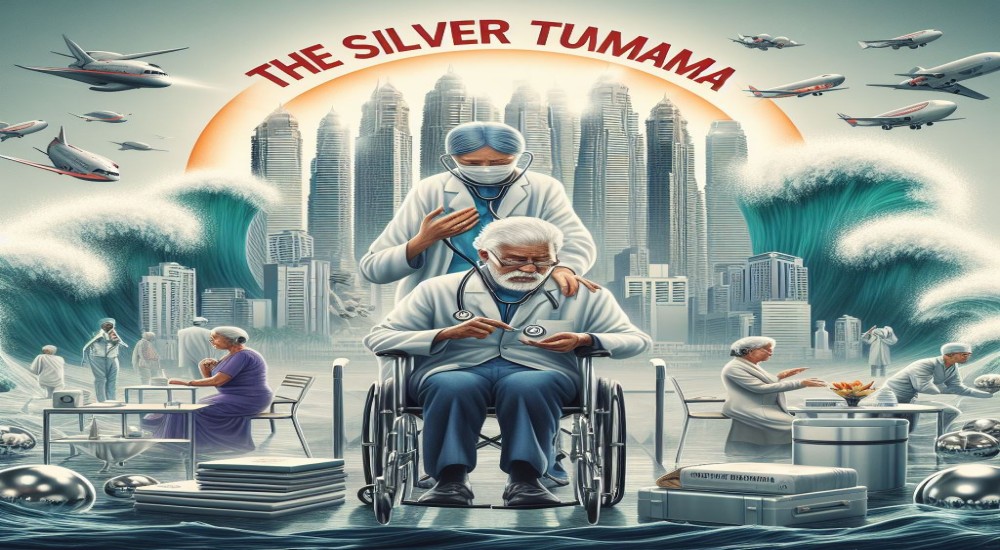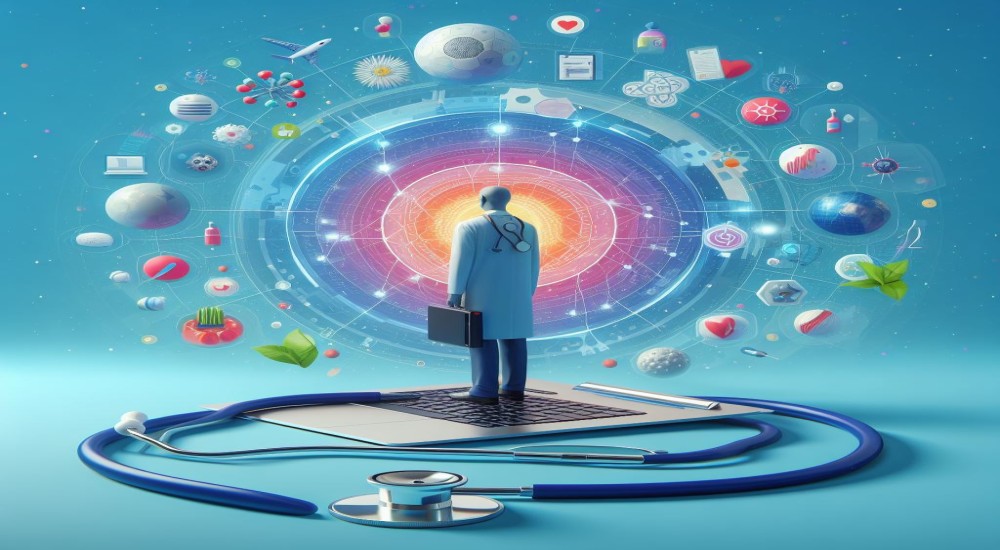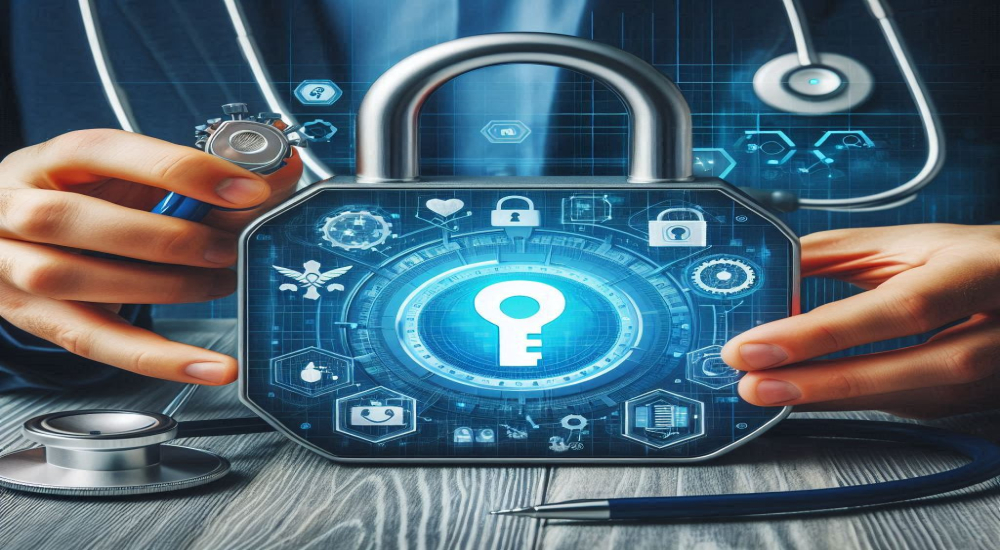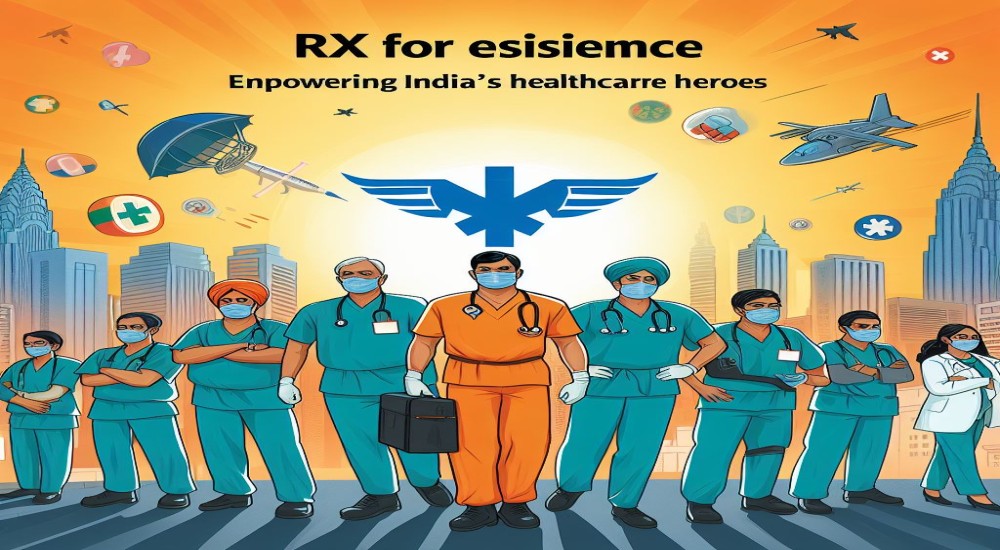Digital Bharat: The Promised Land for Healthcare?
In the rapidly evolving landscape of healthcare, the integration of Electronic Medical Records (EMR) and telemedicine solutions has emerged as a pivotal strategy for improving patient care, streamlining operations, and enhancing financial outcomes. Centralizing these systems, while involving both public and private players, offers significant financial advantages that ripple across the entire healthcare ecosystem. Let's delve into how this integration drives financial benefits for stakeholders, while also exploring the associated pros and cons.
In a country like India with a rapidly growing population, skewed distribution, varied climates and drastic differences in access to healthcare and hygiene from one location to the next, the promises that a national drive for digitization have is tantalizing.
In a country famous for paper records and dusty archives of files where it becomes impossible to find anything, maintenance of health records by hospitals, especially government and public ones is practically non-existent. In case of an emergency tracing the records of a patient that came for treatment months before becomes impossible.
Patients themselves are prone to losing any paper files (this in a country where going to the hospital is postponed as much as possible) and for the barely literate or the illiterate, paper case sheets do not mean much. Much of rural India uses medical care sporadically because of the costs and distance involved. So healthcare in a country with a significant rural population that often hovers near or below the poverty line depends very much on availability, low cost and reach.
Building a large number of hospitals and training thousands of new doctors takes time, usually governments change before this can be completed and projects languish in limbo. In the years or decades it will take for true infrastructural and grassroots change, people will still be getting sick and dying. The best way forward then is to start the long term changes but also more efficiently re-allocate and utilize existing resources.
Enhanced Efficiency and Cost Savings
It is nearly impossible to get well paid doctors from the cities to abandon their lucrative careers and transfer to the boonies with the bare minimum of resources (the odd selfless and service minded medico aside). Every attempt at introducing mandatory rural service has been met with opposition from the students, their parents and whatever party happens to be in the opposition at that time. Disgruntled and halfhearted workers make poor doctors and they fail to build trust and rapport with the tightly knit and often caste sensitive rural populations.
Then what is a way to get a variety of doctors from the cities and specialists who work at tertiary hospitals to serve people hundreds of kilometers away? Telemedicine seems the obvious solution.! By investing in creating small telemedicine centers within government centers that already have a decent internet connectivity and allowing doctors from anywhere in India on government pay to answer a Telecall on their mobile phones, suddenly patients from the remotest regions could benefit from the diagnosis of a highly trained doctor. The doctor gained an additional workload but is fairly compensated and gets to see and treat a variety of cases that are almost never seen in urban centers.
Pros:
- Reduced Administrative Overhead: Centralized EMR systems eliminate redundant data entry and streamline administrative processes, saving time and resources.
- Optimized Resource Utilization: With improved access to patient data, healthcare providers can make more informed decisions, reducing unnecessary tests and treatments.
- Lower Operating Costs: Telemedicine solutions enable virtual consultations, reducing the need for physical infrastructure and associated overhead expenses.
Cons:
- Initial Investment: Implementing centralized EMR and telemedicine solutions requires significant upfront investment in technology infrastructure, staff training, and workflow redesign.
- Data Security Concerns: Centralized systems may be vulnerable to cyber threats, raising concerns about patient privacy and data breaches.
- Resistance to Change: Healthcare providers may face resistance to adopting new technologies, requiring robust change management strategies to ensure successful implementation.
Improved Patient Outcomes and Satisfaction
For most people living in areas of poor connectivity (both the internet and transportation type) it is expensive to get to a government facility located many miles away. Private hospitals know that pockets don't run deep in people living on daily wages and hence do not venture anywhere near these areas. As such for people who do not have a private means of transport and depend on government roads(which may or may not exist depending on the seasons and the mercy of the ruling party), getting to far hospitals is a massive undertaking, factor in one or more sick/unconscious people and it becomes a nightmare. Ambulances frequently fail to deliver last mile care as the last mile would result in the ambulance joining the list of casualties.
In these places telemedicine and digital health records can do wonders as doctors can check on the patient, see their past medical history and track whether the patient is getting better or worse and if they will need to visit the nearest hospital. If there is an emergency the doctors can guide the people at hand to administer first aid until help arrives. The ability to assess the medical history of the patient, the medicines they are on and any relevant information on allergies or diseases is invaluable to a doctor and that is what these EMRs provide.
Pros:
- Continuity of Care: Centralized EMR systems ensure that patient information is accessible to all authorized providers, promoting continuity of care and reducing medical errors.
- Convenient Access to Care: Telemedicine solutions offer convenient access to healthcare services, particularly for individuals in remote or underserved areas, improving patient satisfaction.
- Proactive Management of Chronic Conditions: By facilitating remote monitoring and virtual consultations, telemedicine enables proactive management of chronic conditions, leading to better health outcomes.
Cons:
- Digital Divide: Not all patients have access to the internet or digital devices required for telemedicine consultations, exacerbating healthcare disparities.
- Loss of Personal Connection: Virtual consultations may lack the personal touch of in-person interactions, impacting the patient-provider relationship and satisfaction.
- Technical Challenges:Poor internet connectivity or technical issues can disrupt telemedicine consultations, leading to frustration for both patients and providers.
Facilitating Interoperability and Collaboration
Movement of people is inevitable, whether it is due to work,the search for a better life or simply for a change of scenery, people tend to migrate all over the country. For such people (most of whom are not multilingual) accessing healthcare in a new state with a different language can be a challenge. Having a nationalised EMR repository that can be taken with you in your mobile phone is a godsend. Just flash the EMR to the doctor treating you and they now have a proper idea of what is going on with you and the notes and treatments that your previous doctors have recorded.
Pros:
- Improved Care Coordination: Interoperable EMR systems enable seamless data exchange between different healthcare providers, enhancing care coordination and patient safety.
- Enhanced Population Health Management: Centralized data analytics enable healthcare organizations to identify trends, track outcomes, and implement targeted interventions to improve population health.
- Accelerated Innovation: Collaboration between public health agencies, healthcare providers, and technology vendors fosters innovation and accelerates the adoption of emerging technologies, driving continuous improvement in healthcare delivery.
Cons:
- Technical Challenges: Achieving interoperability requires overcoming technical barriers, such as incompatible systems and data formats, which can be complex and time-consuming.
- Privacy and Security Risks: Sharing patient data across different systems raises concerns about privacy and security, necessitating robust encryption and access control measures.
- Regulatory Hurdles: Compliance with regulatory requirements, such as HIPAA in the United States, adds complexity to data sharing initiatives, requiring careful navigation of legal and regulatory frameworks.
Leveraging Public-Private Partnerships for Scalability and Sustainability
As previously mentioned every mammoth undertaking needs resources, both material and human. This is where tackling complex public health issues alone can be detrimental for the government. While the government has an impressive manpower force it cannot mobilise them easily (an excellent example are elections) and who else has the money and manpower to tackle things other than the big healthcare conglomerates that rake in billions in revenue?
By forming PPPs with clear rules on costs and quality, the abundantly wealthy and ever present private sector hospital groups and healthcare giants can now access rural India and in a quid pro quo, provide them quality healthcare for a fair price.
Pros:
- Combined Expertise: Public and private players bring complementary strengths to the table, leveraging government resources, regulatory authority, and technical expertise to drive innovation and scalability.
- Access to Diverse Patient Populations: Public health agencies often serve diverse patient populations, providing valuable insights into healthcare needs and preferences, which can inform the development of tailored solutions.
- Financial Support: Public-private partnerships enable healthcare organizations to access government funding, grants, and incentives to support the implementation and expansion of centralized EMR and telemedicine solutions.
Cons:
- Misaligned Incentives: Public and private entities may have different priorities and incentives, leading to conflicts of interest or challenges in aligning goals and objectives.
- Bureaucratic Hurdles: Government regulations and bureaucratic processes can slow down decision-making and implementation, delaying the rollout of centralized healthcare initiatives.
- Risk of Dependency: Dependence on private vendors for technology solutions may limit flexibility and innovation, particularly if there are few competitors in the market, raising concerns about vendor lock-in and monopolistic practices.
Conclusion
In conclusion, the financial advantages of centralized EMR and telemedicine solutions are compelling, driven by enhanced efficiency, improved patient outcomes, and collaboration between public and private players. While there are challenges and drawbacks associated with implementation, the benefits far outweigh the risks, particularly when stakeholders work together to address technical, regulatory, and operational hurdles.
As the healthcare landscape continues to evolve, embracing centralized EMR and telemedicine solutions with a blend of public and private initiatives will be essential for driving value, improving access, and achieving better health outcomes for all. By leveraging the combined expertise and resources of public and private stakeholders, healthcare organizations can realize the full potential of integrated healthcare delivery models, leading to a more efficient, equitable, and sustainable healthcare system.
